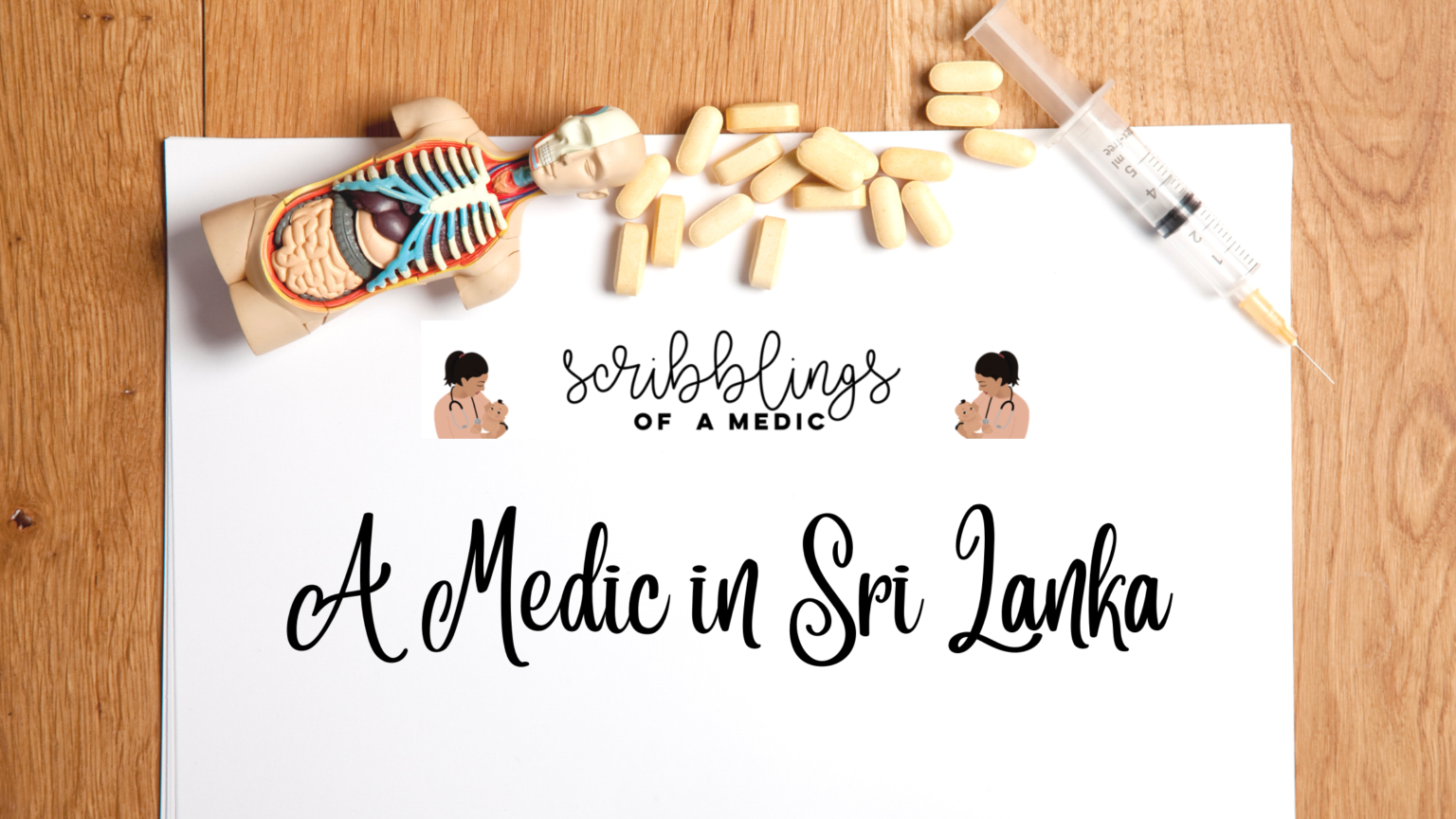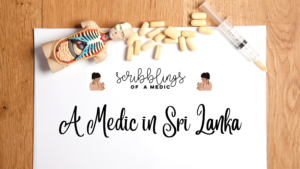Day of the dreaded exams. Sweet relief in my opinion.
How do I apply for exams?
3 weeks to a month prior to the exam the SLMC releases a press article to the local newspapers as well as displays it on their website calling for applicants.
The application forms can be downloaded online or a copy can be taken from the SLMC and the SLMC will publish dates and times where they take the completed application forms (with the paid bank receipt).
The latest prices (2017) are: Part A exam (the 4 main subjects) – Rs. 3250/= each and Part D Exam (2 subjects) – Rs. 2000/= each.
You will also have to hand in the following:
- ERPM Registration Card (if previously done the exams)
- Passport
- Degree Approval Letter
- National Identity Card
- 3 photographs (size dimensions available on the SLMC website)
- 2 self-addressed envelopes (one envelope should have a Rs. 60/= stamp and the other Rs. 40/= stamp)
Exam format
SBAs (Single Best Answers) – Only found in part A. Each paper of part A lasts 2 and a half hours and has 25 SBA’s. Each SBA question has a question in the form of a small paragraph and 5 possible answers of which you need to pick the best/next/most likely one. You get approximately 2 and a half minutes to read and answer each question (with time allocated for checking the paper at the end and for transferring answers). Having done SBAs throughout my medical school career, they were relatively easy for me.
Tip: My technique for answering SBAs is to carefully read the question first and figure out what exactly the want from you. Do they want the most likely answer? Or the best answer? If its’ straight forward and I know the answer instantly then I confidently select that answer. If its’ more confusing and I get stuck, I start ruling out the answers and pick out the BEST POSSIBLE answer. Once you pick an answer, go back and see if this fits into the question and what they’re asking.
True/False – These type of questions are found in both the Part A and Part D papers. Part A has 25 T/F questions whilst the Part D papers only consist of T/F questions (30 each). Each question is a simple statement question with 5 stems attached to it of which you need to mark each one either true or false, making a total number of stems of 125. The only problematic thing is that a wrong answer means -1 (negative marking). Negative marking will bring down your total T/F score (doesn’t affect your SBA score). Having never done these type of questions, I focused on them more during my revision.
Tip: The thing that helped me most was definitely the practice MCQs which helped my memory recoil. The thing with the ERPM exam is that they use the most random and seemingly small details which you may feel is irrelevant, as a stem for the true/false questions. These little little details are found in the practice MCQs which will be engraved in your brain if you go over them a few times. Out of the 125 stems, you should also aim to accurately answer approximately 90 stems to be safe. Marking true or false becomes addictive and hence marking anymore than 90 stems is also pretty risky so choose the stems you answer careful.
Always remember your first answer is most likely the right answer. Try not to second guess yourself and change too many answers the second hand around when you’re checking.
At the exam you are given the question paper, the SBA answer paper and the T/F answer paper. Before writing down any answers on the answer paper, make sure you CAREFULLY fill out your index number first, then move onto writing down your answers. I first write down all the answers on the question paper itself and then after every 10 questions, I transfer the answers on to the answer paper. This ensures that I don’t cram transferring my answers at the end and run the risk of skipping a line by accident on the transfer paper (this will mess up all your answers for the rest of the questions). If you aren’t confident with time then this might actually help you.
Personal experience
As always, even though I had so many months to prepare I felt like there just wasn’t enough time to remember every thing. On the day, you can take bags with you, but once you enter the examination hall you have to leave your bag at the end of the hall. So don’t take any valuables with you and be sure to turn off your phone – a few people whose phones had rung during the exam were kicked out of the exam hall.
You need the following to enter the exam hall:
- Passport
- National Identity Card
- Admission Card
- Index No. Card
On the day of the exam of course I was feeling nervous, but remember that last minute cramming really does not help and if anything, will make you feel more nervous. So remember to breathe, take some water and pee before the exam.
Below I have explained how each of the papers went (May 2016):
- Medicine & Psychiatry paper – The questions were pretty straight forward and not too bad. There were quite a few MCQs that I had seen before, but remember they can tweak the questions a little bit so still read the question carefully!
- Surgery – Had quite a few tricky questions, especially the true/false part. Again, don’t overmark and read the questions carefully. (Inotrope best used in septic shock is dopamine, NOT dobutamine – as it can cause hypotension!)
- Paeds & Psychiatry paper – Really good, lots of old questions circling around. Felt pretty confident with it!
- Obstetrics and Gynaecology paper – Good lord. Real dream crusher. I thought this paper would end it for me! With god’s grace I made it out alive. Minimal PAST MCQs here! Green armytage forceps. that is all.
- Community Medicine – Not too bad. Quite a few repeat questions, but also a few new ones. Including one on the dengue vaccine – all the talk right before our exams!
- Forensic Medicine – A little confusing but survivable. As long as you go through previous MCQs you’ll be fine.
I’ve attached below the revised 2014 format of the exams which all potential candidates should go through before they sit the exams.
As always,
if you have any queries,
contact me!





